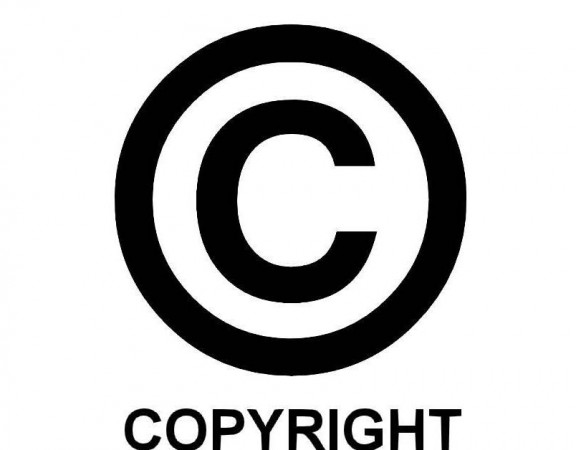Automatic copyright comes into play as soon as you create something that is in a fixed form. If you draw or paint something, record or write down some music, you have an automatic copyright protection, which is great. For example, I took a photo of my friend, Milo Tenney, and have attached it to this article. Even without a registration, I have rights in the photo and if people copy it, I can stop them.
The only problem with that is that it does not give much of an actual protection. It only can stop someone from copying it. Once you’ve proven that someone has copied, that they shouldn’t have copied, that they had access to copying, and that you really own it, there is a lot you have to do, and all that work does in the end is stop them. So, unless I get a registration on this photo of Milo, it will be pretty hard for me to stop you from copying it. You could enter it into a photo-editing contest, and, unless I’m willing to really put some effort into stopping it, I am out of luck and poor Milo could end up looking ridiculous. That would just be terrible…
That’s where copyright registration really starts pulling its weight. For example, let’s say someone broke into your house and stole your stuff. If the penalty—after you proved that they did that, that the stuff was actually yours, that they shouldn’t have done that, and that they should have known they shouldn’t have done that—was just that they had to give the stuff back, that would not be enough. We’d have a lot more people stealing from each other. So instead, the penalty is much bigger than that.
It is the same with copyright registration. The penalty is much bigger if you have a registration: you can get up to $150,000 per infringement, and you don’t have to prove that they actually damaged you.
What is also great about copyright registration is if you get a copyright registration in the United States, your copyright registration extends to pretty much the rest of the world. There are 180 countries that are part of the Berne Convention, which is a treaty that said if you get a copyright registration in one of these countries, it counts as if you have filed a copyright registration in each one of those countries. For cheap, you can get worldwide copyright protection on any creative output: designs, comics, games, music, films, videos, performances, artwork, sculptures, etc., all over the world. Compared to the cost of worldwide protection on trademarks or patents, this is unbelievable.
One key to remember is that the extra damages you can get with copyright registration only apply if the copying happens after you file for the copyright registration. You have to file first. Make sure that you register before you put yourself at risk for someone stealing from you.
Out of all the various types of intellectual property, copyright registrations are the cheapest, easiest to get, and the least trouble. Just make sure it’s part of your regular routine to file those.
If you want to file them yourself, which out of all the different kinds of registrations you’re the most likely to succeed at doing it yourself, go to copyright.gov. It’s a great place to go to get more information and to file. If you file there, then you’re looking at a small government fee of less than $100. If you want to be sure it is done correctly, hire an attorney to file it for you. It will cost more, but security and peace of mind are valuable, too.






